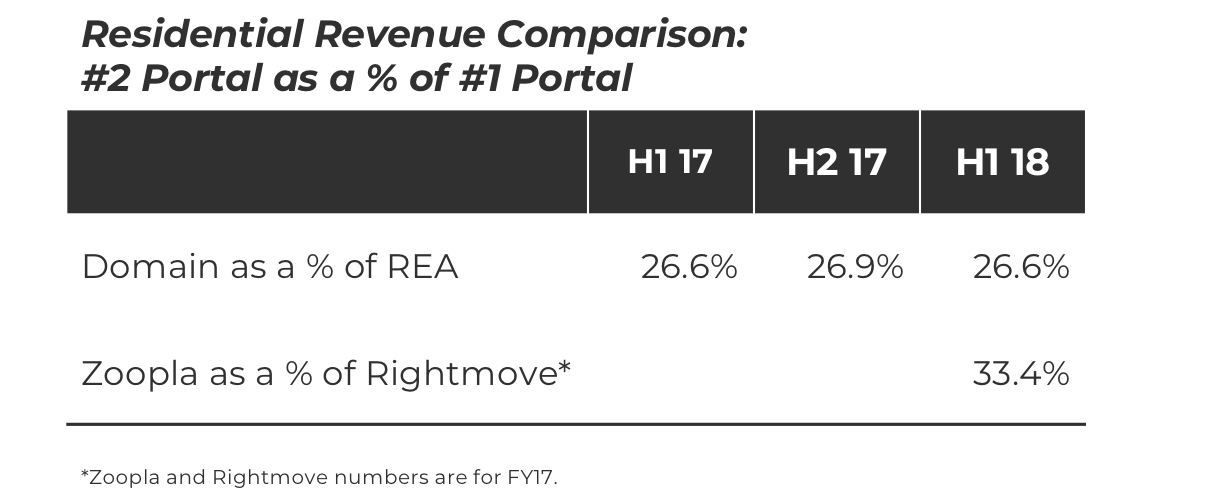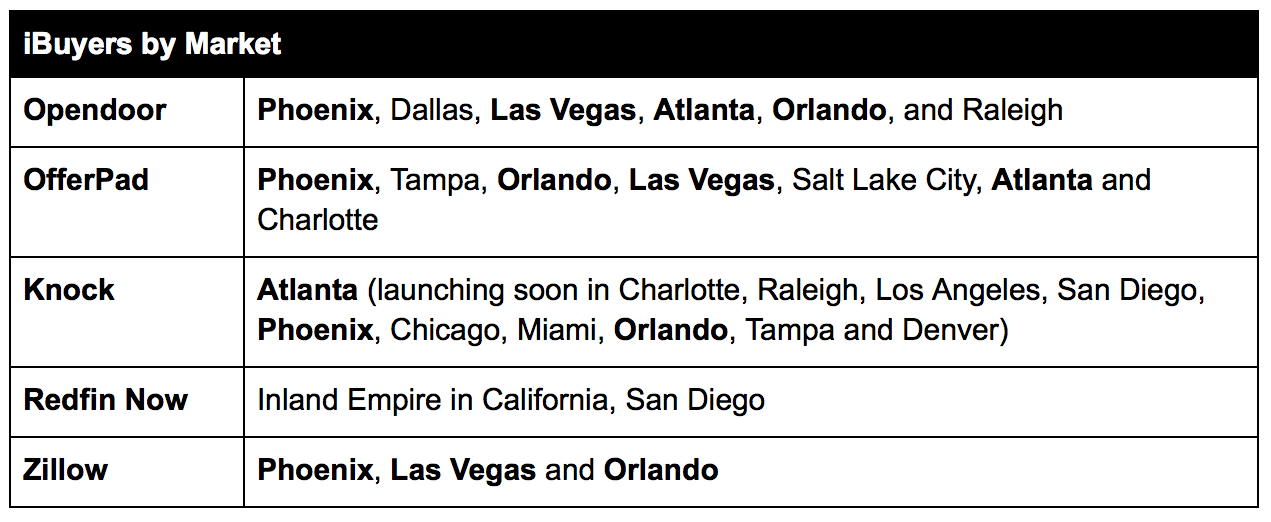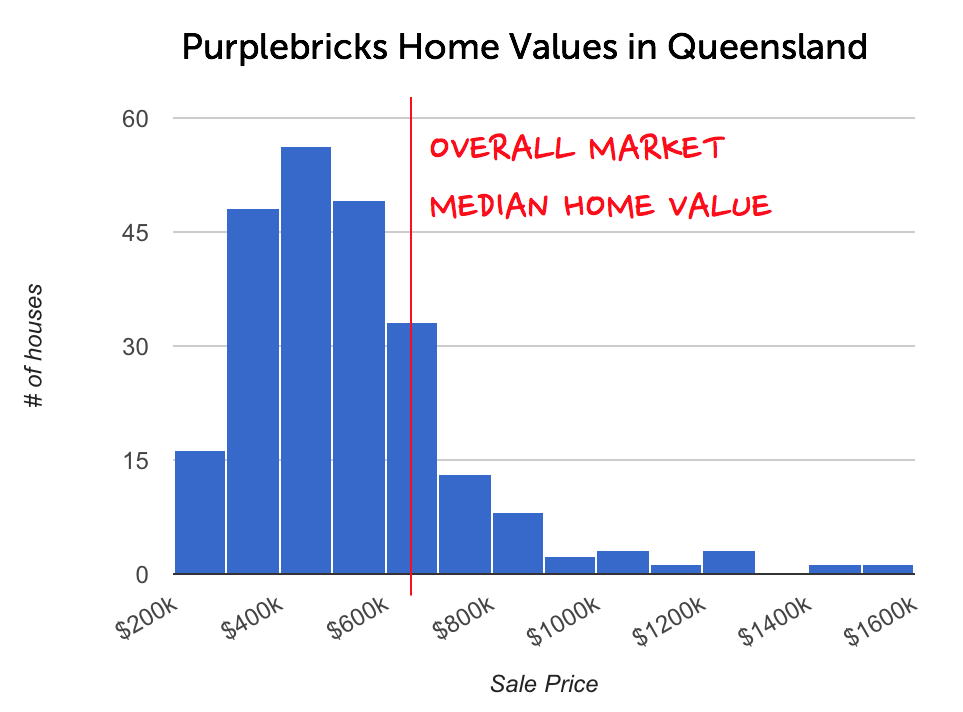I want to build a business that won’t last.
In the world around us, many things come to a natural conclusion and end. Then why do we expect businesses—and all of their component parts—to last forever?
Imagine a business founded with an end date. After two years, the stakeholders come together, ask what the company would look like if they founded it today, and then form that company. The new business retains the good elements, sheds the bad, and moves forward with a fully-committed team.
By introducing an end to its constructs and practices, a business forces itself to evolve to the best possible design. It meets customer needs with a proactive, forward-looking operating structure, and not one rooted in the past.
The problem of inertia
Research shows that most companies allocate the same resources to the same business units year after year. A review of over 1,600 U.S. companies between 1990 and 2005 found that inertia was the norm, with one-third of the businesses allocating capital almost exactly the same as in previous years.[1]
Studies have shown that anchoring—a form of cognitive bias where previous information influences decision making—contributes significantly to organizational inertia.[2] But the problem extends beyond budgets and resource allocation. Business leaders are also anchored to last year’s business practices, org charts, marketing messages, role definitions, technology initiatives and sales practices. That anchoring leads to incremental thinking year after year.
In their 2008 book Nudge, Richard Thaler and Cass Sunstein discuss the idea that choice architecture, or the design of environments in order to influence decisions, leads to both good and bad outcomes. Defaults are the building blocks of this architecture.[3] A default option is the option the chooser will obtain if he or she does nothing.
The push to evolve often goes against the grain of corporate culture, where the default path is maintaining the status quo. Change is uncertain, uncomfortable, and many times unprofitable. As Larry E. Greiner states in “Evolution and Revolution as Organizations Grow,” management problems and principles are rooted in time. Attitudes become more rigid, more outdated, and more difficult to change. While business leaders must be prepared to dismantle inefficient structures, evolution does not occur effortlessly.
More often than not, a businesses default path—the one taken if no decision to the contrary is made—is to continue without change. But what if the default path forced an ending?
The evolutionary concept
Evolution is the process of heritable change over time, whereby advantageous traits are preserved and bad ones rejected.[4] This process occurs over multiple generations—which is key. In nature, this means organisms need to have an end. When applied to the business world, it means business practices and constructs also need to have an end to evolve.
This intense feedback cycle creates an efficient system of improvement over time, which produces the best possible design for the current environmental conditions.
When a new product is launched, business unit created, or team started, it is designed with a start in mind, but rarely an end. By default, it’s assumed that it will carry on forever (or until specific but unspecified action is taken to modify or end it).
Evolution is a powerful concept that results in improvement over time. Bringing this concept to work in practice requires two key principles:
- Define an end date up front. Whether it’s a business, business unit, product, marketing plan, sales plan, or a staff position, create an end date at inception and only bring people along who are comfortable with the journey. Something can’t evolve when it continues on indefinitely.
- Change the default. On the specified date, the default action becomes an ending. It’s not a review, discussion, or theoretical exercise. It ends, and if it’s decided to continue on, a new structure is born. A rebirth occurs with a forced ending, and with this we keep the good, ditch the bad, and end up with the best design possible.
4 ways businesses can put evolution into practice
1. Reinvent the business
The fundamental, key concept in this process is asking the following question: “If we were to start a company that does [whatever the company does] today, how would we do it?” Then start that company. (In the unlikely event that the answer is “exactly how we’re doing it now,” you’re not trying hard enough!)
By definition, the new business will be the one that is best designed and best positioned to succeed in the market at that time. Old practices that don’t work need to be killed, quickly and completely.
SpaceX started as an answer to the question, “If we were to launch a space flight program today, how would we do it?” In a classic illustration of the Innovator’s Dilemma, it led to significantly improved designs, processes, goals, and systems that the incumbents weren’t capable of undertaking—at a significantly lower cost.
2. Hire employees for fixed periods of time
Sports teams hire athletes for a fixed period of time. They do this because an athlete’s skills and the team’s needs vary over time. What works today might not work in three or five years. Are the needs of a business so different?
It’s unrealistic to think that a business’s needs are going to remain constant for several years. It’s equally unrealistic to think that an employee’s skills, abilities, and desires will also remain constant.
As much as possible within the local labor laws, a business should only hire employees for fixed periods of time. At the end of that term, the business should reevaluate the position and the candidate to ensure the best possible fit.
A manager should ask the following key questions:
- Is the job that needs to be done exactly the same as it was 12 or 24 months ago?
- Is this position still needed?
- Is the person the right fit for what we need today?
3. Rotate senior managers
The CEO—and the entire leadership team in general—sets the tone and pace of the organization. Their leadership will impact the company more than anything else. That’s why they should be replaced on a regular basis (think of it as term limits rather than being fired).
In practice, this means signing all senior managers and executives to fixed-term contracts. At the end of that term—just like a fixed-term employee—the business should reevaluate exactly what’s needed in the position and then conduct interviews to make sure it ends up with the best possible candidate for the job.
A less extreme version of this, especially if a business has great talent it doesn’t want to lose, is to rotate senior managers between different business units. Large companies like GE use this system to force evolutionary thinking while keeping great talent inside a business. The concept also works with employee rotation as a form of retention and renewal. (For more on senior manager rotation, see “Rotate the Core” on the Harvard Business Review web site.)
Huawei, the largest telecommunications equipment manufacturer in the world, has a rotating CEO system. Three deputy chairmen act as the rotating CEO for a tenure of six months each, while sitting on a board of seven with four standing committee members. The system, inspired by U.S. presidential elections, is a great example of evolutionary thinking principles in practice.[5]
4. Implement zero-based budgeting
Zero-based budgeting is a process that allocates funding based on opportunity and necessity rather than history. As opposed to traditional budgeting, no item is automatically included in the next year’s budget by default. It’s a powerful concept that, when properly implemented, can liberate a business from inertia and entrenched thinking.[6]
It is the mindset shift, and not necessarily the methodology, that makes zero-based budgeting an effective tool. It resets the discussion in favor of actively thinking about ways to make things better (forward-looking) rather than asking why it is the way it is (backward-looking).[7] Compared to other cost-cutting measures, the focus is squarely on what activities and resources are needed in the current environment.
Zero-based budgeting is a process that can work in any sized company, at any stage of growth. While it may be challenging to implement, when done correctly it successfully reduces organizational inertia and incremental thinking through a more accurate expenditure of resources. (For more on implementing zero-based budgeting in your organization, see “Five myths (and realities) about zero-based budgeting” on the McKinsey & Company web site.)
Concluding thoughts
New Zealand’s national museum, Te Papa, is ranked as one of the world’s best. It is currently undertaking a renewal program of all of its major exhibitions. It’s not simply an update with incremental change, but a total reimagination where leadership effectively asks, “If we were to have an exhibit about [whatever the current exhibit is] today, how would we do it?” By specifically ending the current exhibits, museum staff are forcing an evolution that is not anchored to the status quo.
The way businesses think about strategic planning leads to incremental thinking and incremental results. Instead of being a passive observer to change and evolving by incrementing, businesses should adopt a more proactive posture and force endings. There are many changes that any sized business can make to effectively force evolution and stay relevant in a changing, fast-paced world. It all starts with defining an end.
Footnotes


























































































